
We may earn revenue from the products available on this page and participate in affiliate programs. Learn More ›
Floods are some of the most common—and most destructive—natural disasters. In fact, according to the Department of Homeland Security, ninety percent of natural disasters within the United States involve flooding.” This means that floods result in more damage and fatalities than any other type of natural disaster. Whether they’re caused by heavy rainfall, overflowing rivers, or coastal surges, the impact of a flood can be severe. Being prepared for an upcoming flood is critical, and having the right essentials on hand can not only make enduring a flood more manageable but can also be crucial for your family’s safety.
With flood warnings currently in place across the Northeast, there’s no better time to ensure that your home is equipped with everything you need in case of an emergency. Here are 10 home essentials to have on hand in the event of a flood.
1. Water Testing Kit
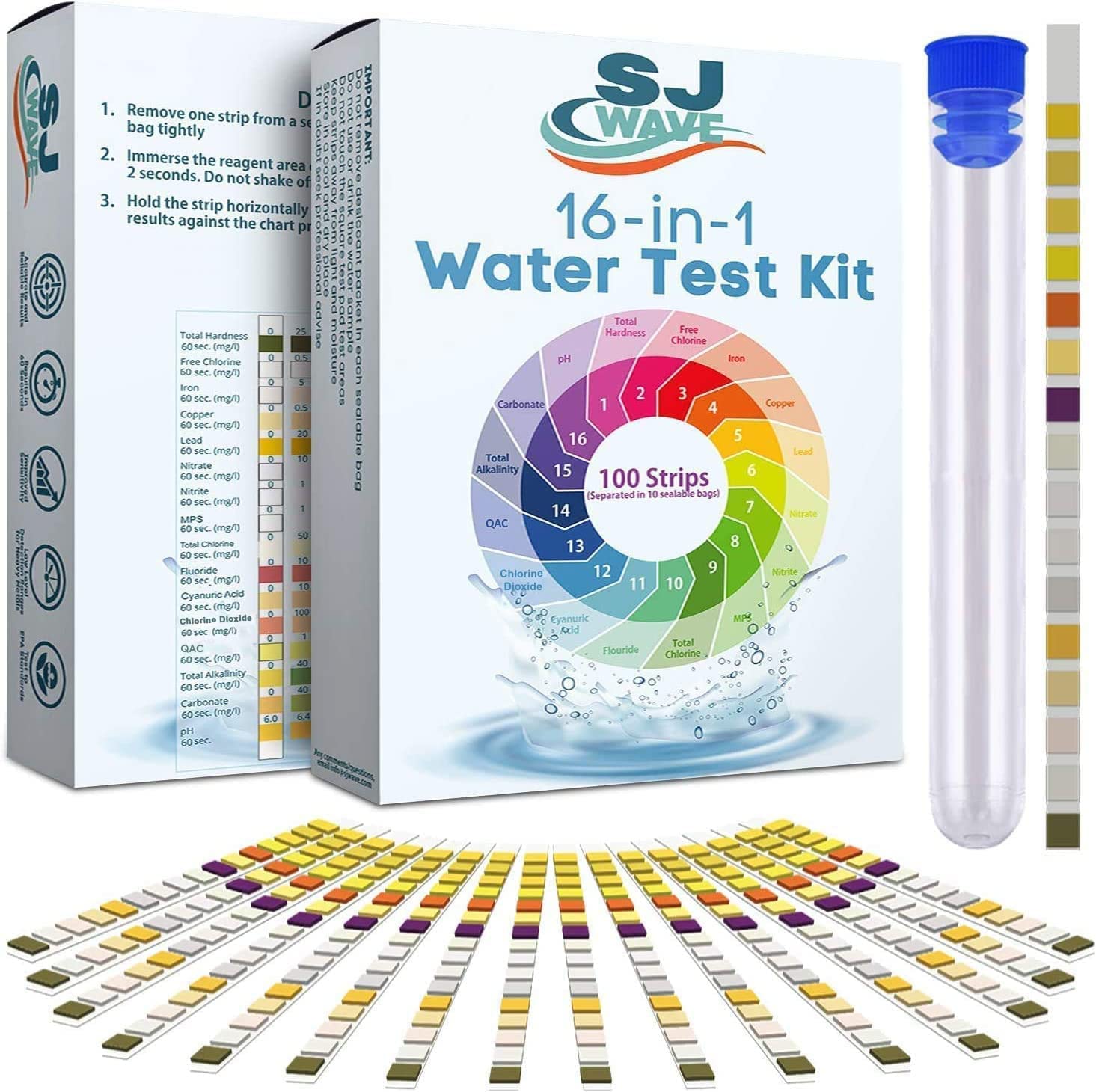
Water sources can become contaminated with bacteria, chemicals, and sewage during a flood. This poses a significant health risk, especially if the water is used for drinking, cooking, or cleaning. A water testing kit becomes indispensable in such scenarios—it allows you to quickly and accurately assess the safety of your water supply. By detecting harmful contaminants, a water testing kit helps ensure that the water you use is free from dangerous pollutants, safeguarding your health and well-being in the aftermath of a flood.
Get the SJ Wave 16 in 1 Drinking Water Test Kit at Amazon for $21.99
2. Bottled Water
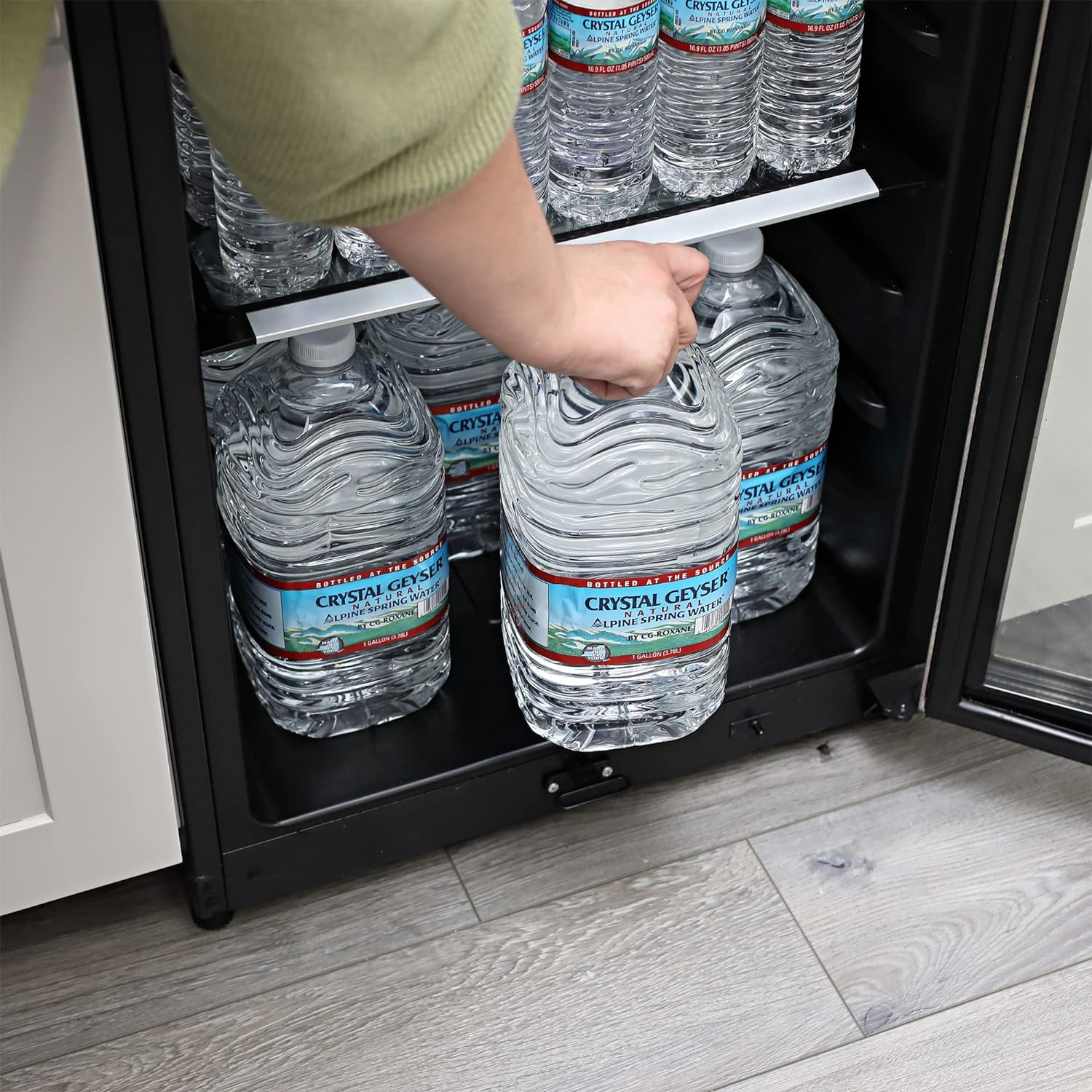
If you determine that your tap water is no longer drinkable, it’s essential to have another source of potable water on hand. The Red Cross recommends keeping a three-day supply of bottled water in your home for emergencies, equating to one gallon per person per day. It’s also prudent to keep something on hand to purify water if necessary, like a portable water filter or water purification tablets.
Get the Crystal Geyser Alpine Spring Water at Amazon for $27.39
3. Mobile Power Bank

Floods often go hand in hand with power outages, making it difficult to keep your mobile devices powered up. A means of communication in case of an emergency is essential, which is why should always keep a mobile power bank charged and ready to go. It allows you to keep a phone operational for updates on floods, weather forecasts, and rescue efforts. A charged mobile device can be a lifeline during emergencies, providing access to digital emergency guides, first aid information, and GPS navigation in case of evacuation. This one from Anker features a powerful 24,000mAh battery and allows you to charge three devices at once.
Get the Anker Power Bank at Amazon for $115.88
4. First Aid Kit
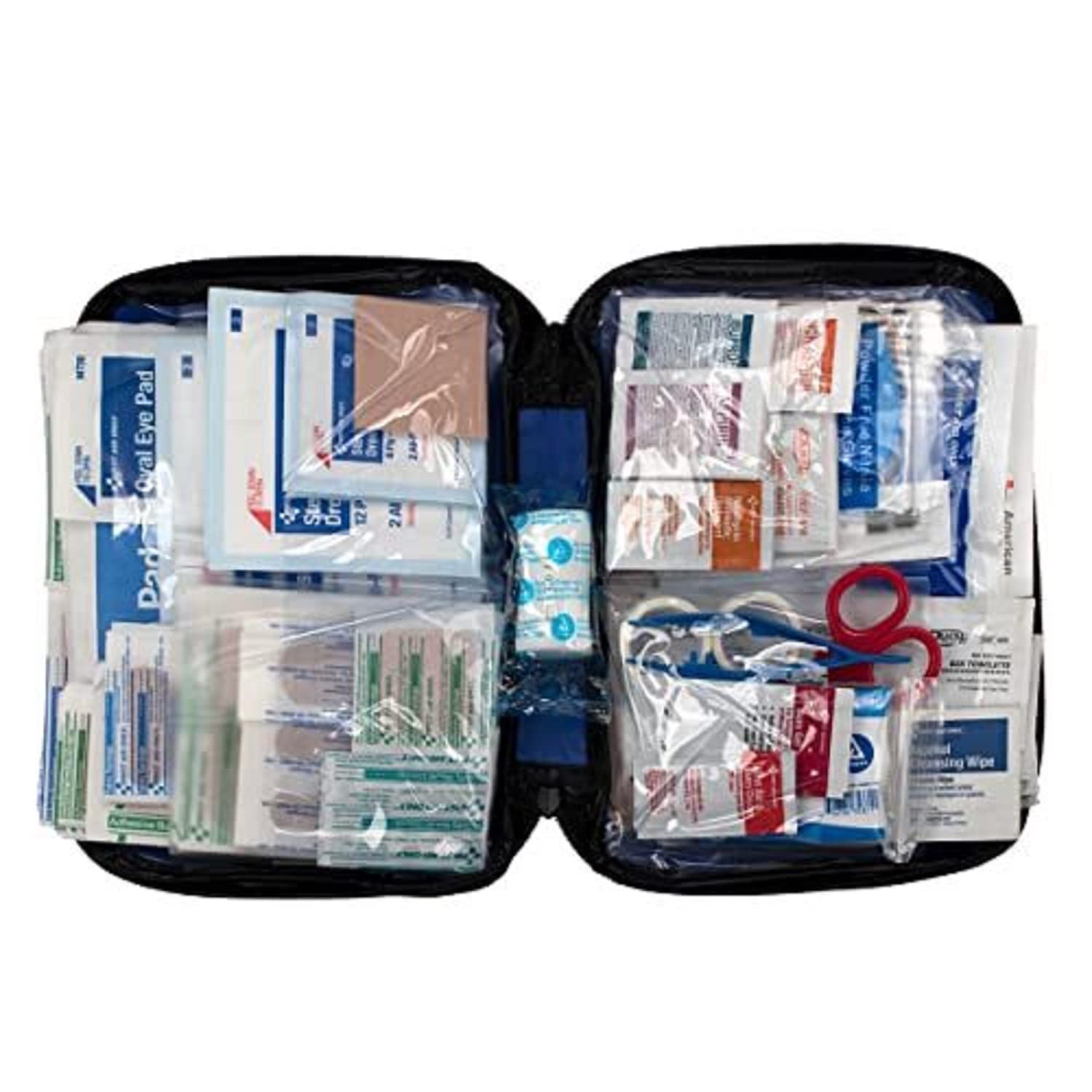
If a flood causes you and your family to shelter in place, it may make accessing health care services difficult or impossible. Keeping a well-stocked first aid kit in the house is always prudent, but it becomes essential during a natural disaster. This 298-piece kit includes bandages of varying sizes, gloves, a thermometer, alcohol wipes, gauze, tweezers, sterile pads, and more.
Get the First Aid Only First Aid Kit at Amazon for $20.58
5. Tactical Flashlight
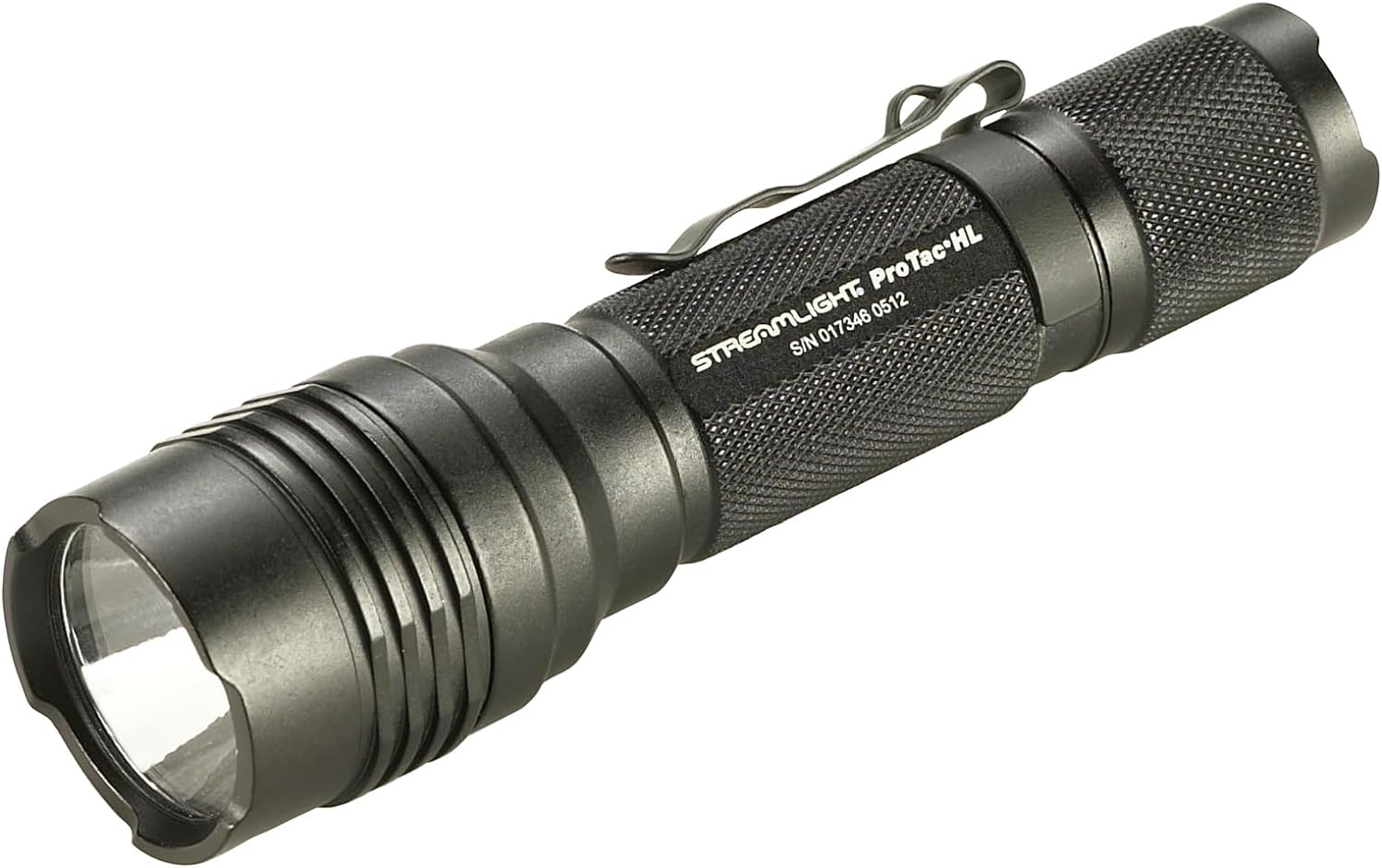
While you likely already have a flashlight or two in your home, investing in a high-quality, tactical model can make a major difference during an emergency. Tactical flashlights like this one are built to be durable enough to withstand a variety of conditions, and the IPX7 waterproof rating means that this flashlight will continue to work even after being submerged in up to three feet of water for 30 minutes. When operated on the lowest setting, this model can be used for up to 18 hours on a single charge.
Get the Streamlight 88040 ProTac HL 750-Lumen Professional Tactical Flashlight at Amazon for $77.87
6. Emergency Radio
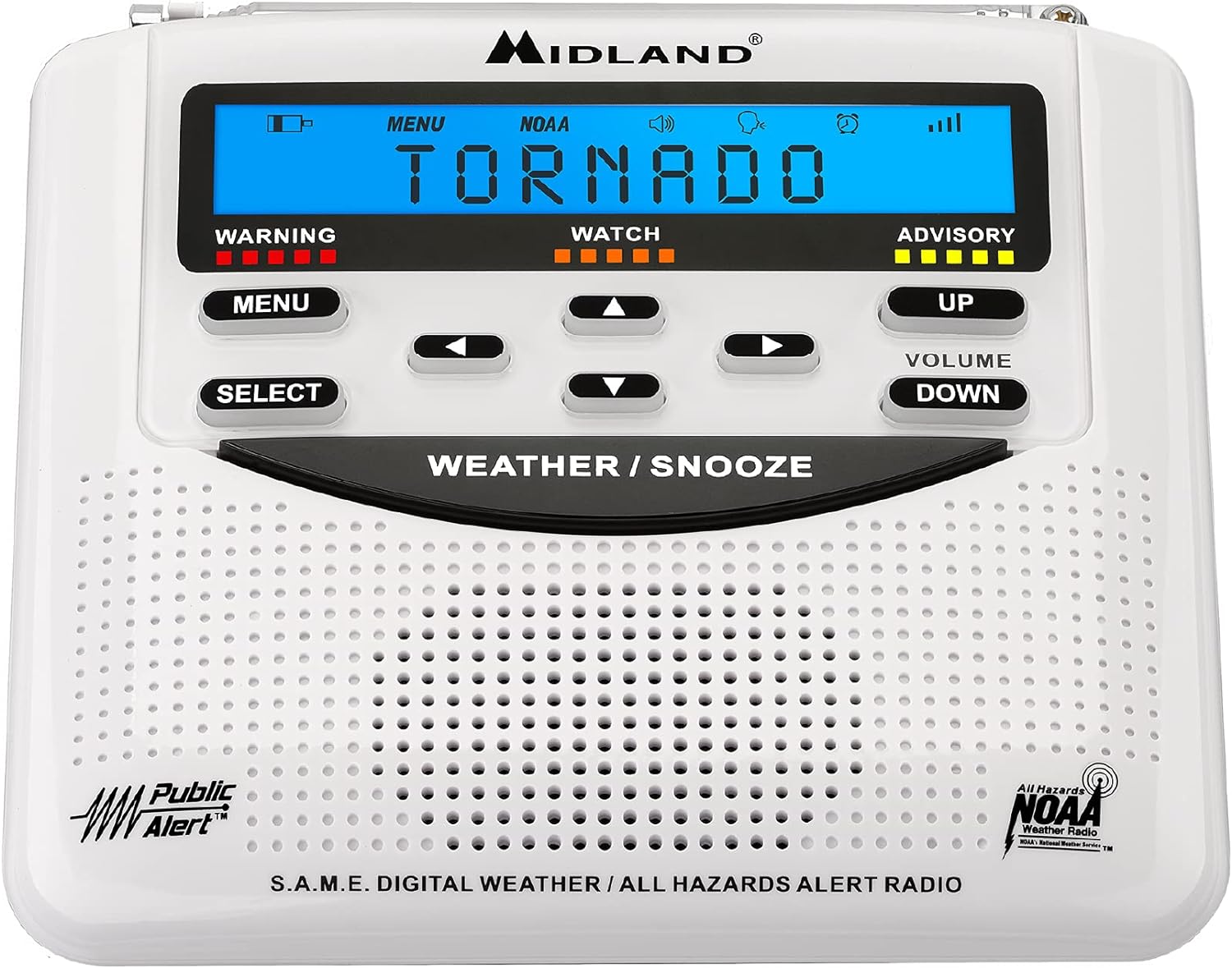
An emergency radio provides real-time news and weather updates during floods, giving users access to evacuation orders and emergency instructions. This model features Specific Area Message Encoding (SAME) technology, which provides regionally-specific messages. Since it’s battery-powered, be sure to have extra batteries on hand in case of an extended emergency scenario.
Get the Midland Consumer Radio WR-120B at Amazon for $34.88
7. Life Vests
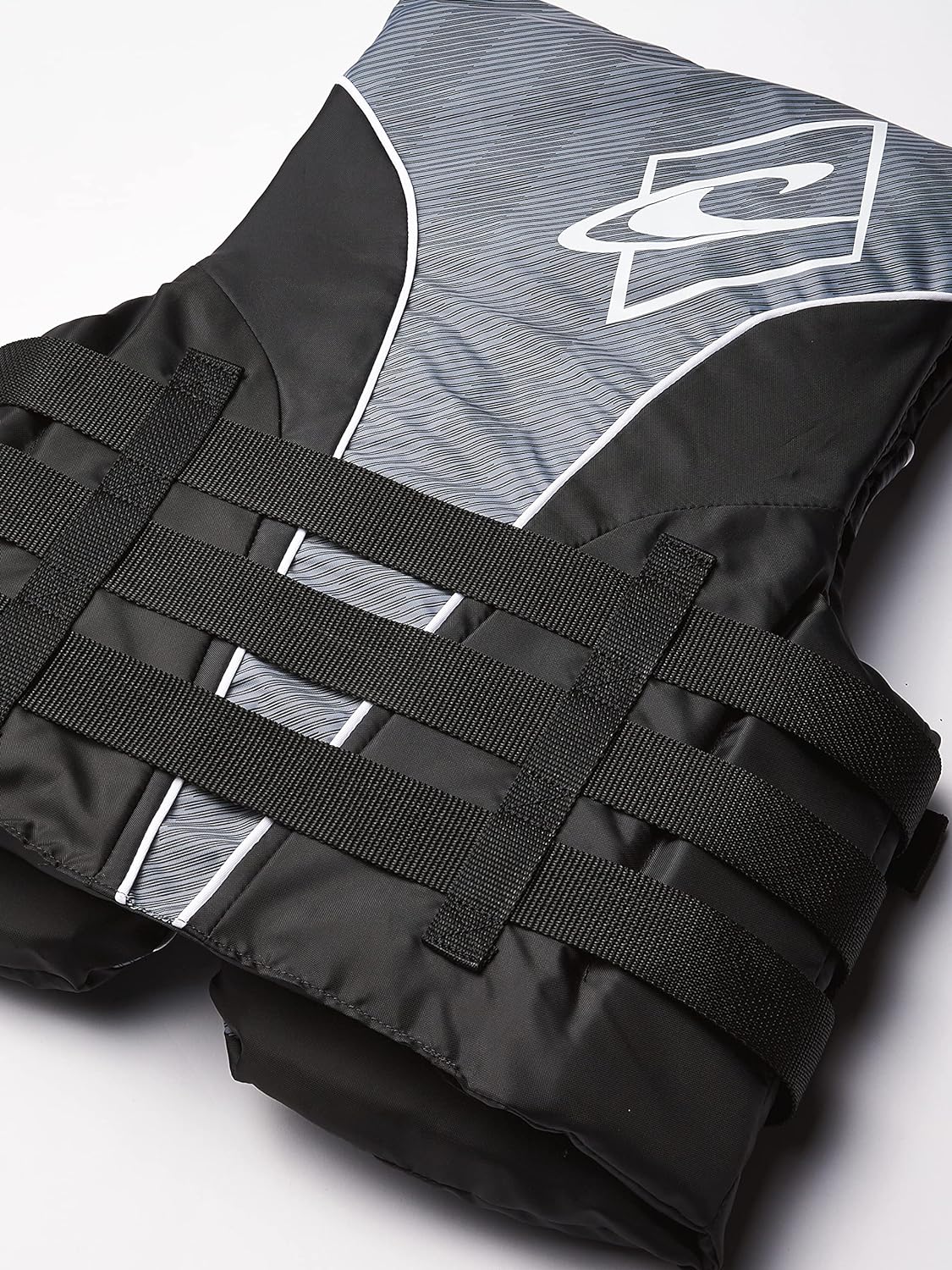
In situations involving extreme flooding, you may be forced to evacuate your home by boat. In those cases, a life vest or personal flotation device is crucial, particularly for children and those lacking strong swimming skills. Since floodwaters are unpredictable, even competent swimmers would benefit from wearing a lifejacket during an evacuation. It’s best to keep one lifejacket per person in your home when floods are predicted in your area.
Get the O’Neill Men’s Superlite USCG Life Vest at Amazon for $56.55
8. Dry Bags
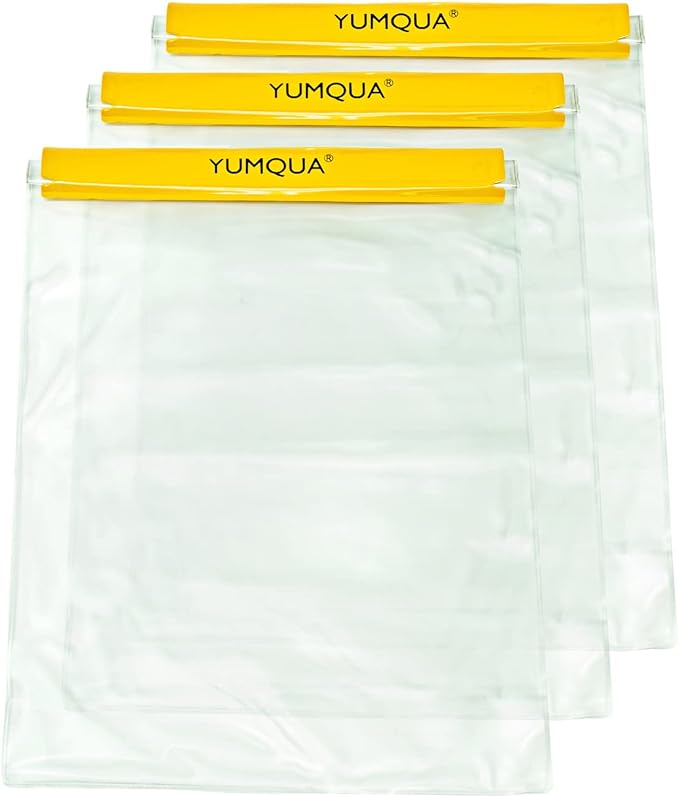
It’s crucial to protect important documents, medications, and electronics during a flood, and waterproof bags like these will ensure they stay dry. These bags are lightweight and come in a pack of three, each of which measures 10.2 by 13.8 inches. If you leave air in the bags, they’ll even float in the water, ensuring you don’t lose the items you need most.
Get the YUMQUA Waterproof Dry Bags at Amazon for $12.98
9. Rubber Boots

Owning a pair of durable rubber boots is a must when navigating flood water since they protect from debris and exposure to harmful bacteria in the water. This model offers high coverage, measuring 15 inches from the floor. Their sturdy, anti-skid soles offer better grip on slippery surfaces, and the seamless, molded construction ensures they’re completely waterproof.
Get the Marshalltown Adult Unisex Black Waterproof Work Boots at Lowe’s for $27.98
10. Sand Bags

Sandbags are a fundamental defense tool during floods, serving as a barrier to divert or block floodwaters from entering your home. When strategically placed around doorways, garages, and basements, sandbags can significantly mitigate the impact of rising waters. These sandbags each have a 50-pound capacity but come empty, meaning sand must be purchased or acquired separately.
Get the DuraSack 50-lb Capacity Woven Polypropylene Sand-Bag at Lowe’s for $34.99
